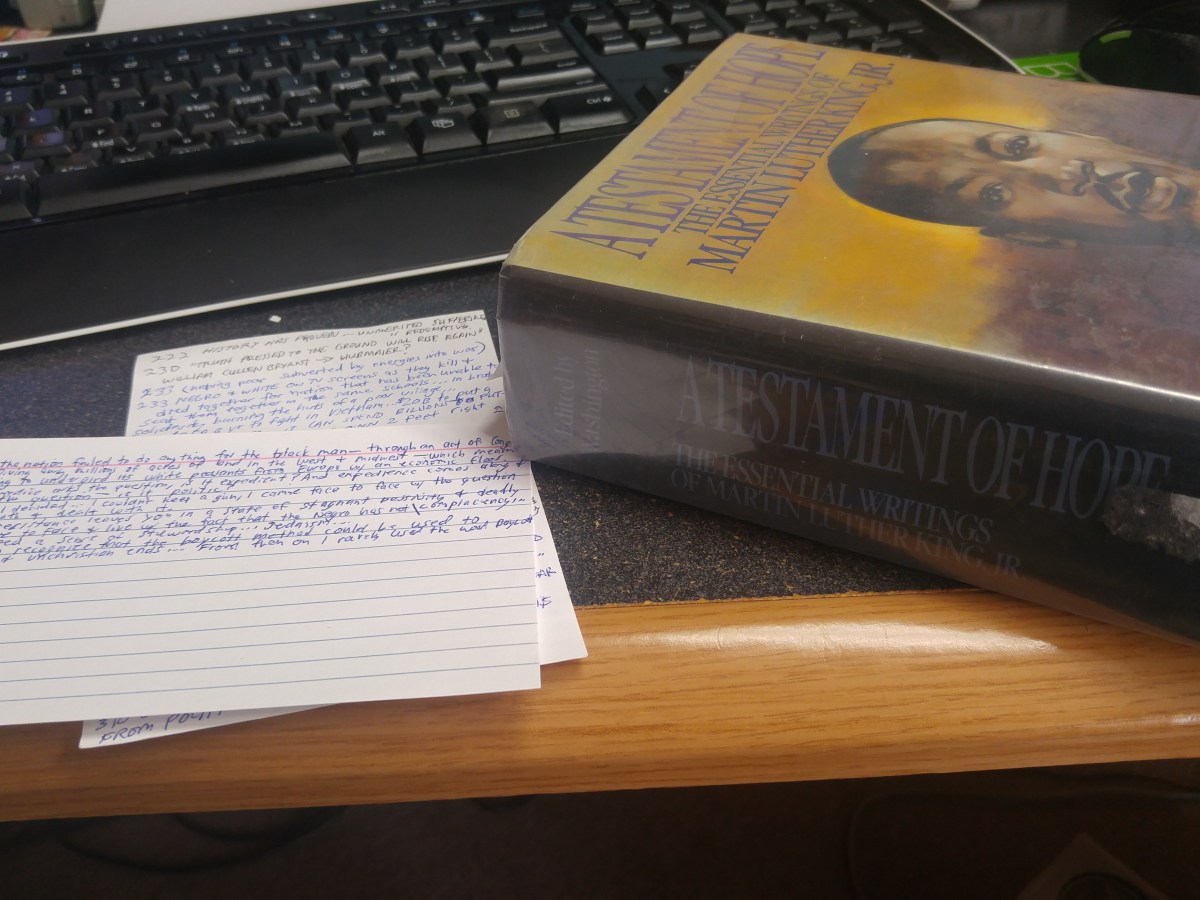I recently decided to read the epic of Gilgamesh, so I got a copy of “Gilgamesh: The New Translation by Gerald J. Davis”. I got it to get more familiar with one of the earliest tales that shaped civilization’s view of the world.
It is believed by some that Gilgamesh may be Nimrod of the Bible, but whether or not that is true, the Erech or Uruk of Genesis 10:10 is more certainly the same as in epic of Gilgamesh.
What I wasn’t expecting is how many places were evocative of the Bible. The epic seems eerily familiar. I hear echo’s of so many familiar stories: David, Nimrod, Babel, David & Goliath, the Prophets, Samuel, Noah & the Flood, Joseph, Ecclesiastes, Psalms, Proverbs and more. I kept highlighting more and more sections and thought I would just post for whatever interest it may have for you.
- David: Whereupon did Endiku take up his weapon to do battle with the wolves and the lions who harried the shepherds p23
- Nimrod: Endiku is mighty in the land. p25
- Psalms: Where is the mere mortal who can ascend to Heaven? p26
- Babel: “…I will leave behind me a name that shall be forever…” p26
- David & Goliath: Gilgamesh command the smith to craft weapons for him [Endiku]
- David & Goliath: I shall confront the monster of whom all men speak, the one whose renown is widespread in all the lands. I will overwhelm him…”
- David & Goliath: Then did the Elders of Uruk arise and speak unto Gilgamesh, “Gilgamesh, you are young,. your valor does overmuch mislead you…” p27
- Prophets: Judge fairly the grievances and petitions of the weak and poor, and let not the strong and wealthy gain unjust advantage. p31
- Isaiah: May he cleave a road that you may tread upon it. May he level the uplands for your feet.
- Samuel: My friend, did you not call out to me?… Did a God not pass by?
- Daniel: Enkidu…know how to interpret dreams. p34
- Then, from the heavens, issued forth this pronouncement in a thunderous voice…”Hasten at once. Go forward…”
- David & Goliath: Come, Enkidu, you spawn of a fish who know of no father…Unto the ravenous raven…the cawing vultures shall I feed his flesh.” p40
- Elijah?: (After a big victory) Now did rain fall in abundance unto the mountains…
- Proverbs: Why should I now eat the bread of transgression? Why should I now eat the bread of iniquity?
- Joseph: “I have already stored up sufficient grain for the populace. I have already stored up sufficient provender for the cattle. Against the seven lean years have I husbanded sufficient foodstuffs for the populace and sufficient fodder for the cattle.”–Ishtar
- David & Saul: the multitudes gathered in the public places to gaze upon the heroes. Whereupon did Gilgamesh call out to the serving girls of his palace, “Who is the most winsome of men? Who is the most glorious of warriors?” The serving girls of his palace did make reply thus, “Gilgamesh is the most winsome of men. Gilgamesh is the most glorious of warriors…”
- Adam/Eve: Because Shamhat had taken his innocence. Endiku said, “Hear me, Woman. I shall now decree your Fate. Your woes will never end…Briars and thorns will pierce your feet.”
- Revelation: [the] Scribe of the Netherworld, read from the Tablet of Destinies in which every man’s Fate is inscribed…
- 4 Boys in Babylon: Gilgamesh issued a proclamation throughout all the land…”Hear ye, blacksmith…stonecutter, coppersmith, goldsmith. Make, for me, a magnificent statue of my friend, Enkidu. Fashion an image, the like of which has never been seen before…” p54
- Ecclesiastes: Fill each day with merriment…Cherish the little child who holds your hand. Bring joy to the loins of your wife. This, then, is the work of man.
- Ecclesiastes: [I traveled, hunted, etc] And what shall I gain from all my efforts?
- Ecclesiastes/Revelation: No more dancing, no more music of the harp, no more pleasure of the song…
- Noah/Flood: Tell him to disdain worldly riches and preserve life instead. Aboard this vessel shall he take the seed of every creature that lives upon the Earth. This boat, which he is to build, the measurement shall be equal for the width and the length thereof. Tell him to cover this vessel as the firmament cover the [Deep]Abyss.” pg67
- Noah/Flood: Then the 7th day dawned, I sent forth a dove and released her…
- Noah/Flood: Where did the God’s smell the sweet savor… pg70
- Daily Bread: Each day bake you a loaf of daily bread. p70
- Moses/Children of Israel: These robes would betray no sign of age or wear, but would remain ever unsullied and new, until Gilgamesh did return home unto his city and his journey was done.
- Creation: When the firmament had been split apart from the Earth. When the Earth had been split apart from the Firmament. When the name of Mankind had been settled. p74
- Serpent/Tree/Curse: solitary tree on the banks of the Euphrates…in its base, a serpent that fears no curse had built its nest.
- Reasons for Eternal Judgement: Not honoring father & mother, not having an heir, swearing a false oath… and Not consummating marriage p80-83
- The Passion: Great drops of sweat rolled down his face and his body…




